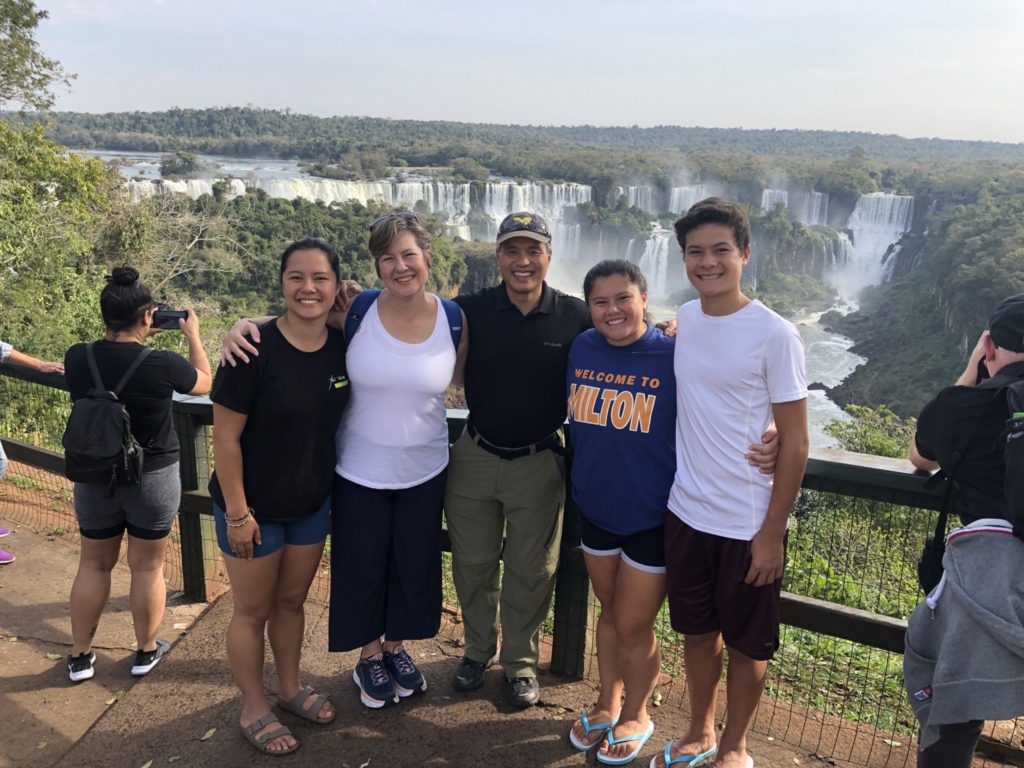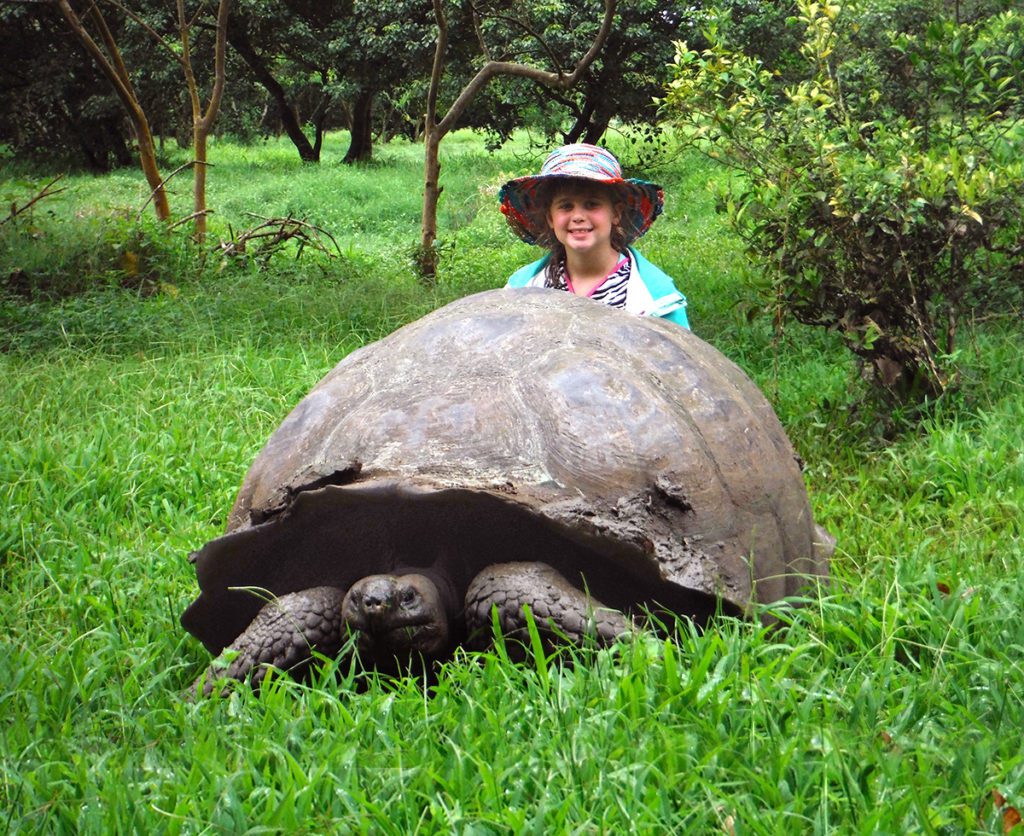
With the World Cup underway, Brazil is very much in the global spotlight. The choice to host such an enormous international event here is a controversial one that has drawn plenty of opposition. Regardless, all this attention is a reminder that there’s a lot to love – and a lot to learn – about Brazil.
Brazil is a vast nation boasting a rich history and an astonishing degree of cultural diversity from region to region. Before the arrival of the Portuguese in 1500, there were a very large number of distinct indigenous groups, lumped (in very general terms) into four major overarching groups: the Tupi (speakers of the many languages in the Tupi-Guarani family) and the Tapuia inhabiting the coastal regions, and the Carib and Nuaraque peoples in the interior.
The Brazil of today is an amazing melting pot whose vibrant culture benefits tremendously from a convergence of ethnic influences including indigenous Amerindian, Portuguese, African, and more recent immigration from all over the world. The friendly people, renowned for their striking looks, boast skin tones and hair colors of every imaginable hue. They dance to the rhythm of samba, jazz-inspired bossa nova, indigenous wooden flutes, Afro-Brazilian drum beats, and so many other fascinating styles. They parade down the bustling streets of tropical Rio de Janeiro in elaborate costumes and bring the spirit of Carnival alive. In the vibrant state of Bahia and its capital of Salvador, they carry on the captivating tradition of capoeira – a martial art full of movement and dancing invented by Brazilians of African descent.
The people of Brazil eat delicious and immensely varied cuisine influenced by indigenous crops, animals, and cooking methods, European and African recipes and ingredients, and so much more. They eat their national dish of feijoada (a stew of beans, salted and smoked meats, and vegetables cooked in a clay pot), a savory cheese bread called pão de queijo, and churrasco, an assortment of barbecued meats known for fueling the work of the South American cowboys known as gauchos.
Brazilians are a welcoming, resilient people who make up for the financial riches they may not have with the heart and personality that radiate from their kind souls.
In addition to its wonderful population, Brazil is home to unforgettable landscapes and wildlife. The city of Rio de Janeiro has quite deservedly been named a UNESCO World Heritage Site, with an urban landscape nestled snugly between forested mountains and blue bays. There’s no better place to people watch than on the lively beaches of the Copacabana waterfront. Nearby, in the lush Atlantic Forest outside Rio, primate conservationists work tirelessly to reintroduce endangered golden lion tamarins to their natural habitat.
Then there’s the Pantanal, a different world altogether. This enormous tropical wetland harbors a stunning array of creatures; the vast expanses of open grasslands here actually provide far better wildlife viewing opportunities than a place like the Amazon, because the abundant animals aren’t hidden by high, dense vegetation. This is the perfect environment to ride on horseback like a pantaneiro – a cowboy of the Pantanal – and spot wildlife at every turn.
And at Iguassu Falls, hiking trails and catwalks offer views of these mighty natural wonders that are higher than Niagara Falls and wider than Victoria Falls.
Long story short, there’s a LOT more to Brazil than could ever be captured in a blog post… you may just have to come see for yourself.



